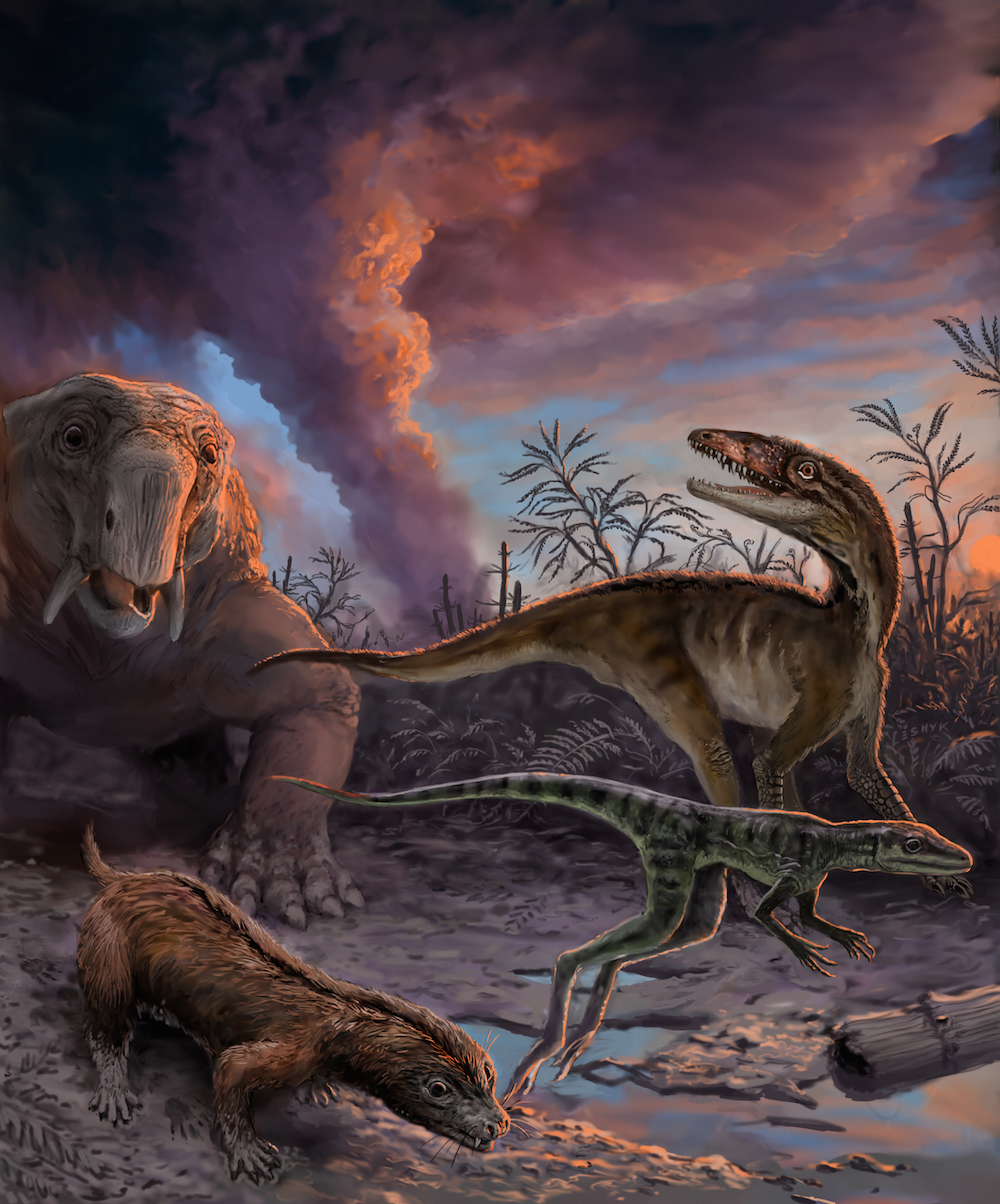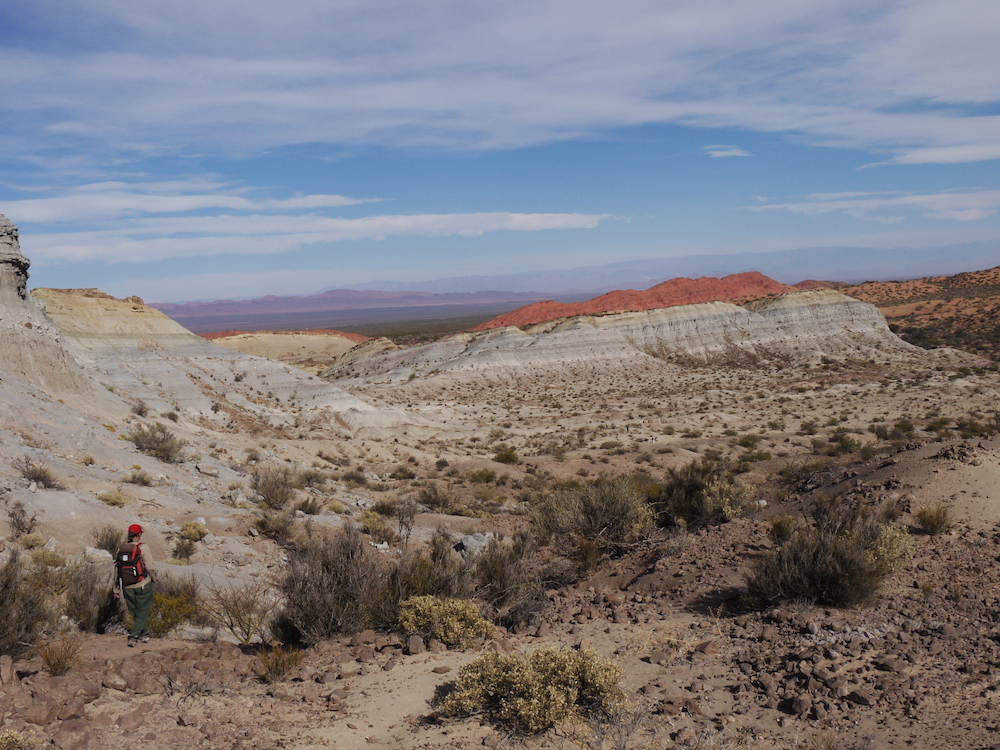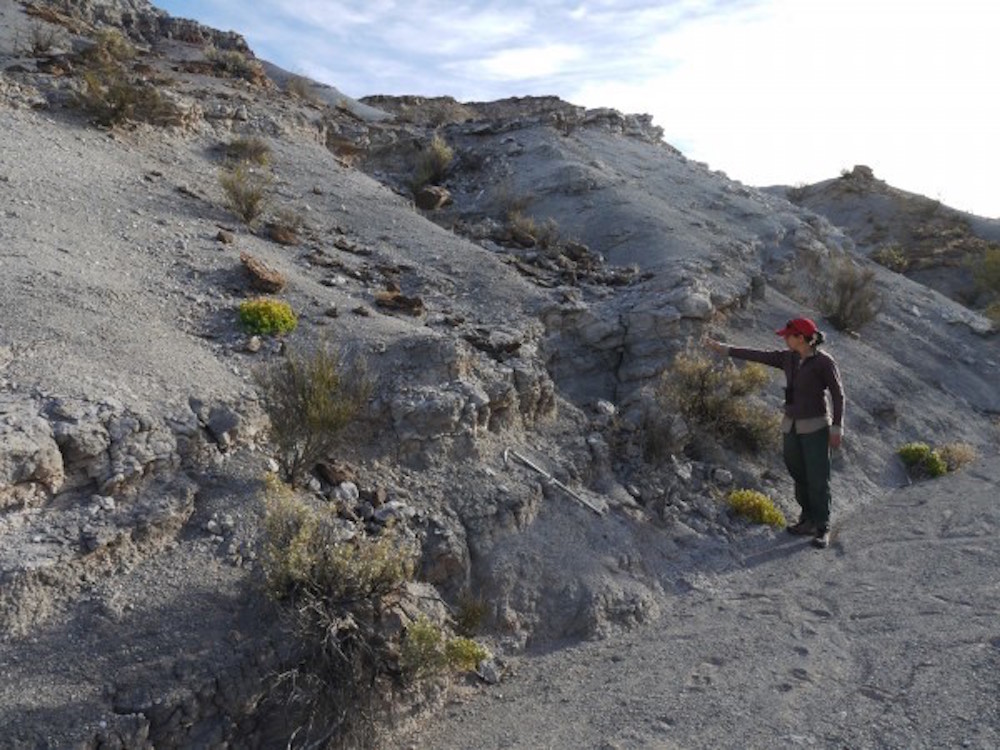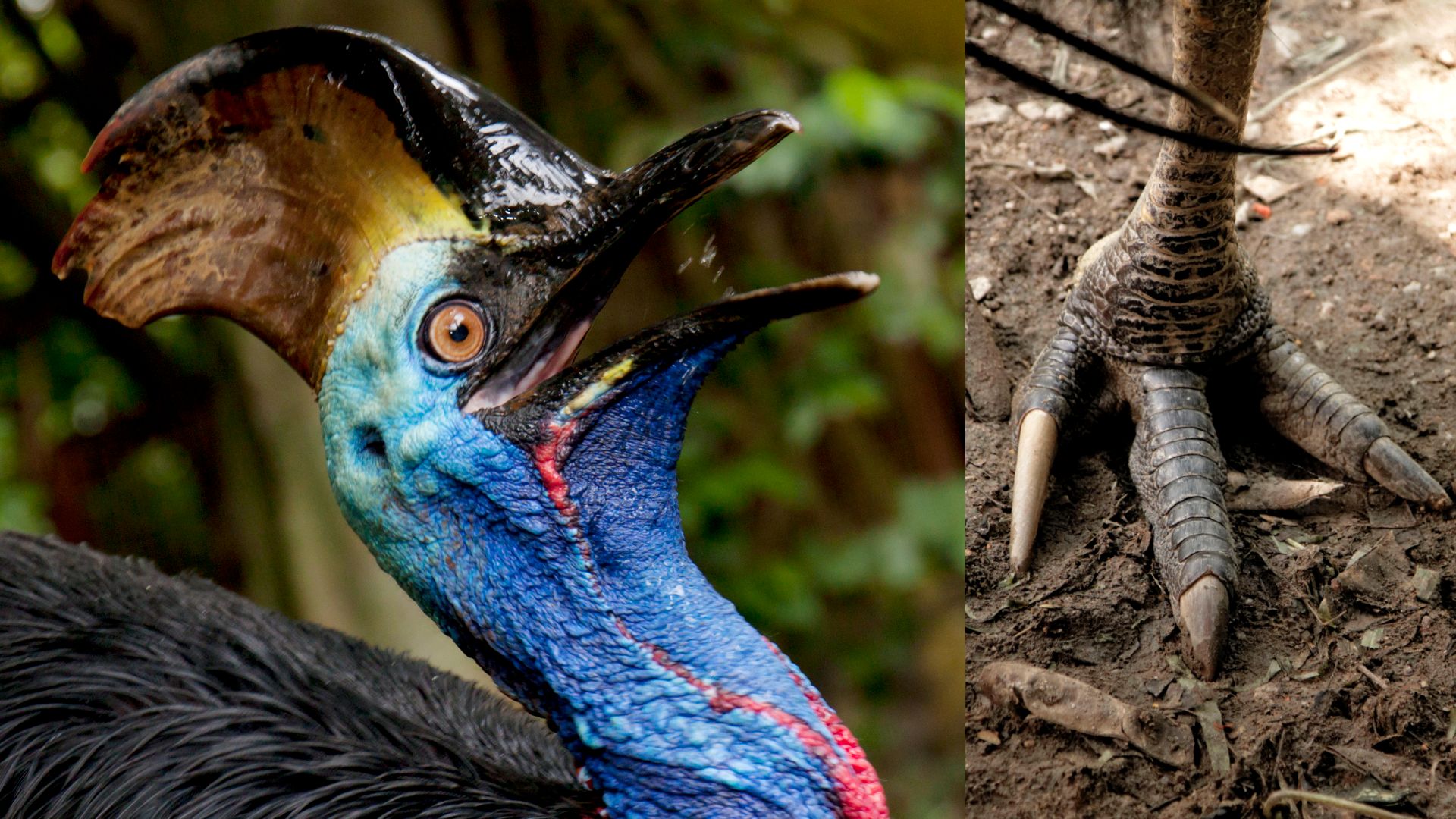Thunder-Thighed Dinosaurs Arose Quickly from Predecessors

Dinosaurs took less than 5 million years to evolve from their reptile predecessors, the early dinosauromorphs, a new study finds.
The finding revamps the time line between the dinosaurs and early dinosauromorphs. Until now, researchers thought that it took at least 10 million to 15 million years for the early dinosauromorphs to evolve into dinosaurs.
"It really narrows the amount of time between the appearance of these early dinosauromorphs and the first dinosaurs," said study co-researcher Randall Irmis, a paleontologist at the University of Utah and a curator of paleontology at the Natural History Museum of Utah. "Rather than there being 10 [million] or 15 million years between when the first dinosauromorphs show up and the first dinosaurs, now it's just 5 million years." [See Photos of the Early Dinosauromorph Site in Argentina]
Early dinosauromorphs were just like dinosaurs, except for a few key features. For instance, dinosaurs had a ball-and-socket hip that could rotate easily, and additional sacral vertebrae (a vertebra at the end of the spine), which helped strengthened the hips. This allowed dinosaurs to develop stronger leg muscles, which, along with their forward-hinging feet, helped them run faster than their competitors. They also developed an extra hole in their skulls, which let them cool off after vigorous activity.

Even though paleontologists had studied these predecessors previously, they still haven't been certain about the age of the rocks containing early dinosauromorph fossils, Irmis said. He and his colleagues gave the matter a closer look, investigating the Chañares Formation in northwestern Argentina, a site known for containing the fossils of early dinosauromorphs and early dinosaurs.
The researchers relied on a handy mineral called zircon to help them date the early dinosauromorph-containing rock layer. When zircon crystals form, they trap the radioactive element uranium within them. Over time, uranium decays into lead.
"We know the exact rate at which uranium decays into lead," Irmis told Live Science. By measuring the ratio of uranium to lead, researchers can determine how long ago the zircon crystal formed.
Sign up for the Live Science daily newsletter now
Get the world’s most fascinating discoveries delivered straight to your inbox.
However, zircon isn't present in all rocks. So the researchers looked for volcanic ash, where the mineral is more commonly found. Luckily, they found zircon crystals in a rock layer that contained early dinosauromorphs. The scientists took a sample from that layer, as well as from the younger layer above it, so they could bookend the finding.
Dating the rock
The researchers crushed the rock samples so they could isolate the zircon crystals, which are as small as grains of sand, Irmis said. Then, the scientists analyzed about 20 zircon crystals from each sample, using a mass spectrometer, an instrument that separates elements and isotopes (a variation of an element) by mass and concentration, the researchers said.
What's more, the zircon crystals contained a helpful cross-check: They have different uranium isotopes that decay at different rates, and "we're fairly confident we've got the right age if they all agree with each other," Irmis said.

The results show that the rock layer is between 234 million and 236 million years old, from the Late Triassic period, he said, meaning the early dinosauromorphs within the layer are the same age. This new date is 5 million to 10 million years younger than previously thought, Irmis said.
Dinosaurs may have evolved rapidly (geologically speaking), but it appears they came to dominate paleo-Earth in a smooth and gradual manner, Irmis said. That is, they didn't suddenly wrest power from their early dinosauromorph relatives.
"When we look at the ecosystems of [the] first dinosauromorphs and the ecosystems with the first dinosaurs, it's interesting that we don't see much difference in how the ecosystems are put together," Irmis said. "You don't seem to see dinosaurs showing up and immediately taking over."
He added, "it really emphasizes that there wasn't much special about the first dinosaurs. They were pretty similar to their early dinosauromorph relatives and probably doing very similar things." [Image Gallery: 25 Amazing Ancient Beasts]
Dinosaurs move forward
Some dinosauromorphs persisted for another 20 million years after dinosaurs emerged, Irmis said. But the dinosaurs' adaptations appear to have been advantageous in the long run, Irmis said. These changes helped dinosaurs prosper until the 6-mile-long (10 kilometers) asteroid wiped them out 66 million years ago, Irmis said.
But dinosaurs took a while to spread throughout the world, the researchers note. The dinosaurs didn't dominate the mid to high latitudes — such as present-day Argentina, Brazil and South Africa — until the late Triassic, about 215 million years ago. It took dinosaurs even longer to dominate the lower latitudes, such as present-day western and eastern North America, areas that were closer to the equator at that time, Irmis said.
The new research is a "solid study," said Kenneth Lacovara, a professor of paleontology and geology and the dean of the School of Earth & Environment at Rowan University in New Jersey, who wasn't involved with the study.
"The story is that there was a very rapid evolution and a very rapid achievement of dominance in the fauna as they go from [early] dinosauromorphs to dinosaurs," Lacovara said. It shows that "being a dinosaur is a really good idea. It really works. It allows them to outcompete things that aren't like dinosaurs. And if you include birds, being a dinosaur is still a pretty good thing."
The findings were published online today (Dec. 7) in the journal Proceedings of the National Academy of Sciences.
Follow Laura Geggel on Twitter @LauraGeggel. Follow Live Science @livescience, Facebook & Google+. Original article on Live Science.

Laura is the archaeology and Life's Little Mysteries editor at Live Science. She also reports on general science, including paleontology. Her work has appeared in The New York Times, Scholastic, Popular Science and Spectrum, a site on autism research. She has won multiple awards from the Society of Professional Journalists and the Washington Newspaper Publishers Association for her reporting at a weekly newspaper near Seattle. Laura holds a bachelor's degree in English literature and psychology from Washington University in St. Louis and a master's degree in science writing from NYU.
